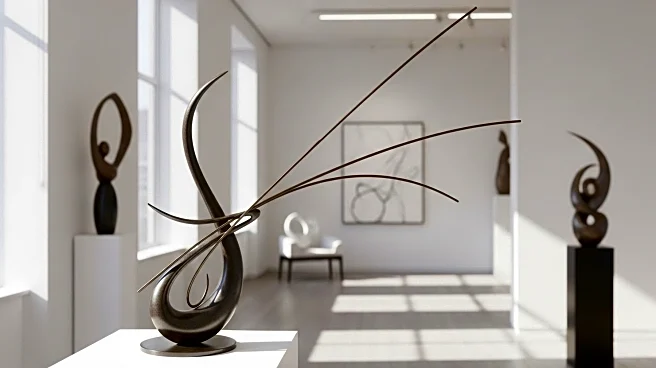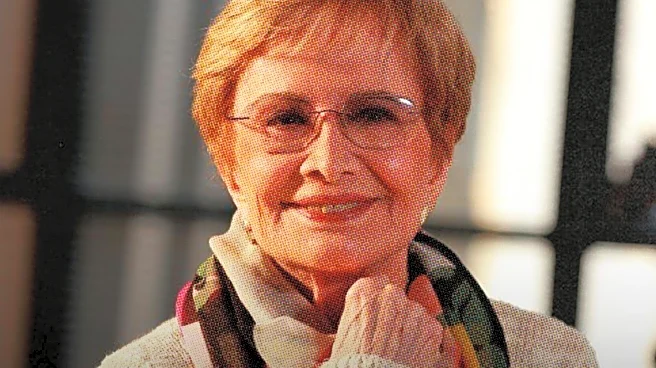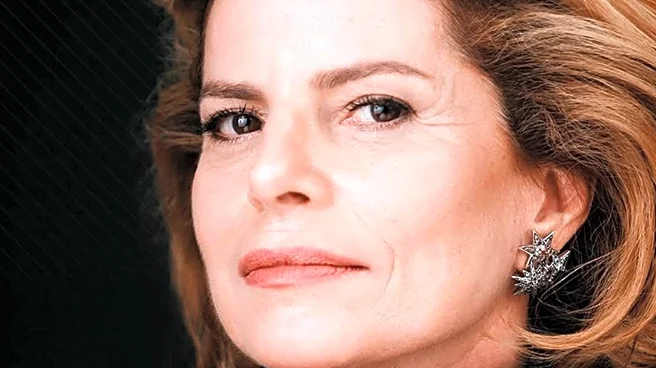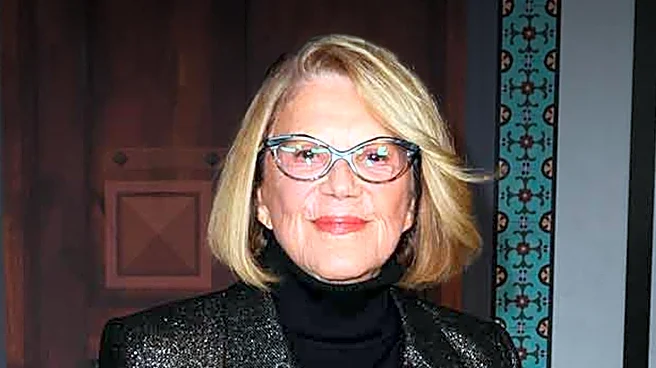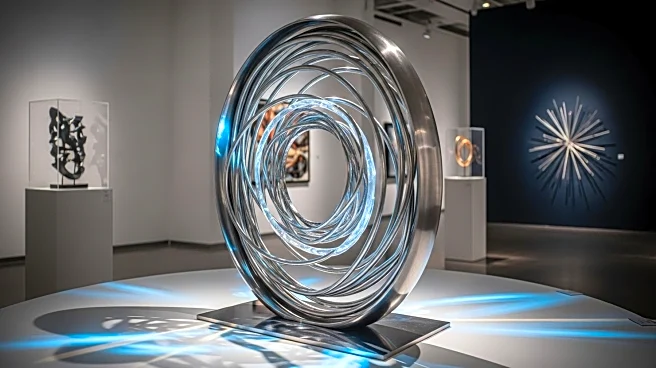What's Happening?
Latitude Gallery, originally established in Chinatown by Shihui Zhou, has relocated to Tribeca, marking a significant expansion in its mission to support emerging artists, particularly from the Asian diaspora. The gallery, known for its community engagement and cross-cultural dialogue, has been a notable presence on the international art fair circuit. The new space in Tribeca allows Latitude to host more ambitious exhibitions and projects, including the inaugural show 'Birth of the Between,' curated by Neil Jiang. This move comes at a time when many New York galleries are downsizing, highlighting Latitude's commitment to growth and innovation in the art scene.
Why It's Important?
The relocation and expansion of Latitude Gallery to Tribeca is a significant development in the New York art scene, particularly as it contrasts with the trend of galleries downsizing. By expanding, Latitude Gallery is reinforcing its commitment to supporting artists from the Asian diaspora, providing them with a larger platform and more opportunities for collaboration. This move not only enhances the visibility of these artists but also contributes to the cultural diversity and dialogue within the art community. The gallery's expansion is likely to inspire other institutions to invest in emerging voices and foster cross-cultural exchanges.
What's Next?
Latitude Gallery plans to leverage its new space to host multiple exhibitions simultaneously, allowing for more experimental projects and collaborations. Upcoming shows include a two-person exhibition with Hu Junjun and John Hyen Lee, participation in ART021 Shanghai, and a December exhibition in partnership with Art House. The gallery will also return to Untitled Miami Beach with a curated booth featuring Yehong Mao. Latitude's future plans include exhibitions with artists like Nianxin Li, Grace Chang, and Alice Ningci Jiang, continuing its mission to elevate diverse voices in the art world.
Beyond the Headlines
Latitude Gallery's move to Tribeca not only provides more physical space but also positions the gallery closer to industry giants, potentially increasing its influence and reach. The gallery's commitment to cultural exchange and elevating diasporic voices reflects broader societal shifts towards inclusivity and diversity in the arts. This expansion could lead to long-term changes in how emerging artists are supported and showcased, encouraging other galleries to adopt similar models of growth and community engagement.

